What To Do If Botox Stops Working on Your Patient
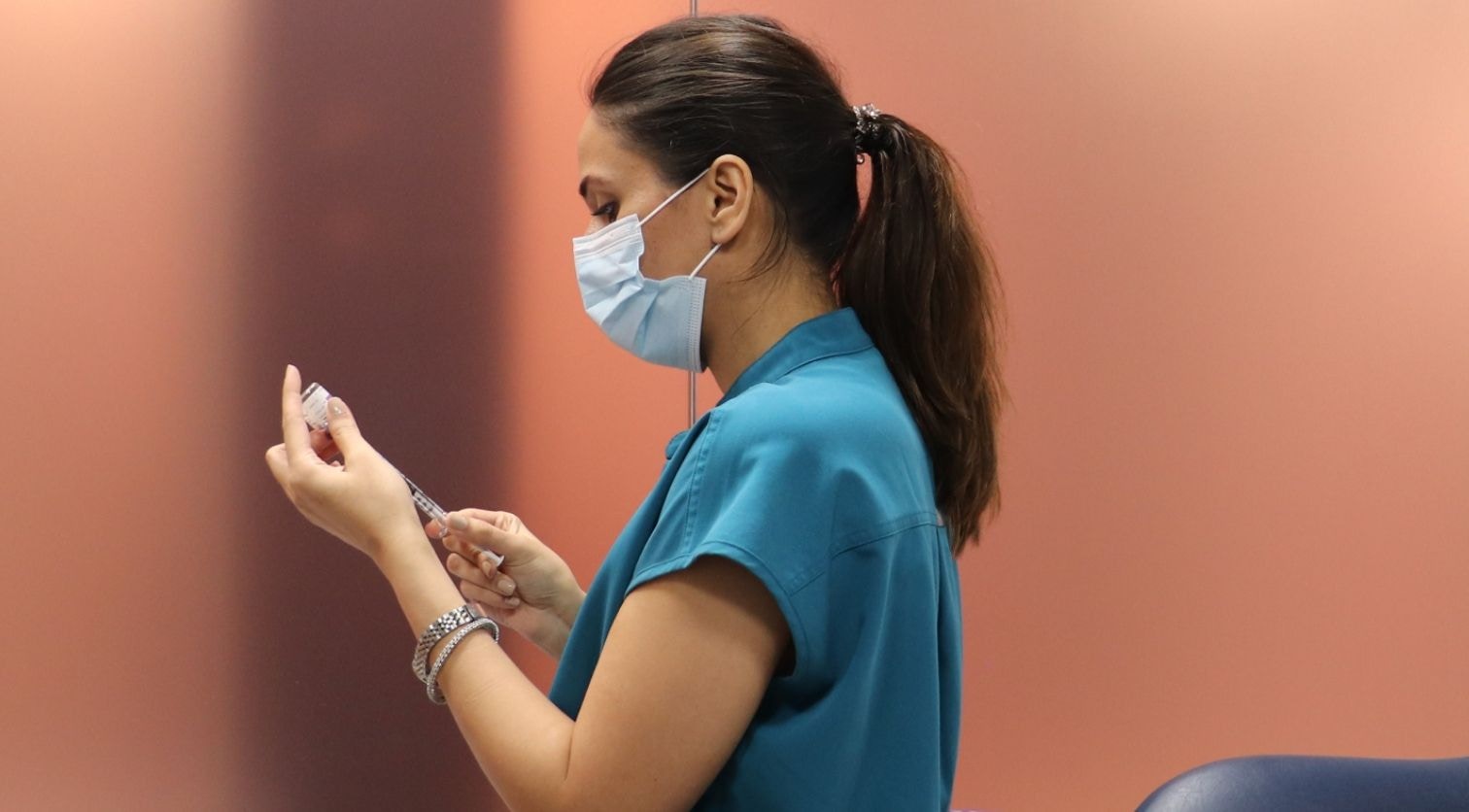
Dr Janine Rothburn shares her insights on what to do if botox stops working on your patient.
This is a common concern among new aesthetics practitioners, but is it a regular issue in real life practice? We asked for her experienced view on the realities of true botox resistance.
A clinical trainer and aesthetics specialist, Dr Janine also addresses common mistakes injectors make when consulting toxin patients.

Why botox may stop working
Dr Janine explains that there are three main reasons why botox may stop working for patients.
Botox resistance
True botulinum toxin resistance is rare. She states, “Botulinum toxin resistance is when a patient has either built up antibodies against it, or happens to metabolise the toxin drug exceptionally quickly. As such, for these patients, botox injections provide:
- Underwhelming results
- Results that do not last very long
- No effect at all.”
Overly regular botulinum toxin injections
Botulinum toxin resistance may develop due to frequent exposure or high doses over time. Dr Janine explains, ”Botox can stop working due to recurrent top-ups after the 2-4 week review window.
“Top-up” may not be a good term to use, as patients may get the impression that they need frequent “topping up". These appointments are more for "adjustment" doses to tweak the final result.
“Toxin treatments can be repeated every three months. However, if a patient doesn’t have much movement back after three months, it’s best to delay the repeat treatment until some muscle movement has come back,” Dr Janine recommends.
Ageing process
Dr Janine notes, “A further cause of toxin becoming less effective is that, as we age, our collagen and elastin levels in the skin deplete.
“The botox may be working correctly, but due to the ageing process, the quality of the skin has deteriorated, so the results may not be as effective. Other treatments, such as skin boosters, microneedling or topical skin treatments, may be required to improve this, alongside the toxin.”
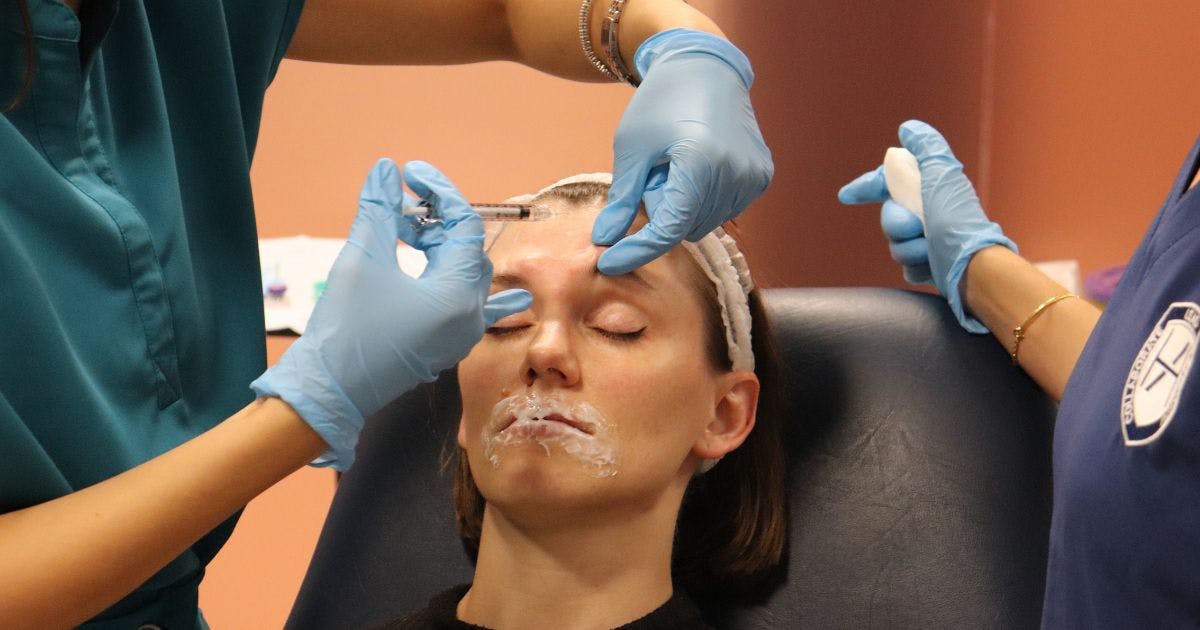
What to do when botox isn’t working for your patient anymore
If your patient didn’t respond to the toxin, in three months, I would try another brand of botulinum toxin. I would still treat it the same way, just with a different brand of toxin,” Dr Janine explains.
Mistakes aesthetics practitioners make with botox patients
Dr Janine states, “A key mistake that aesthetics practitioners make in this situation is not reviewing patients.
“My advice to injectors is to review toxin patients at 2-4 weeks and always take photos. This means you can compare the before and after photos and document changes.
“Often, patients don’t think they've had a result from the toxin. It’s only when you show the patient the before and after photos of the treatment that they can appreciate that it’s worked.”
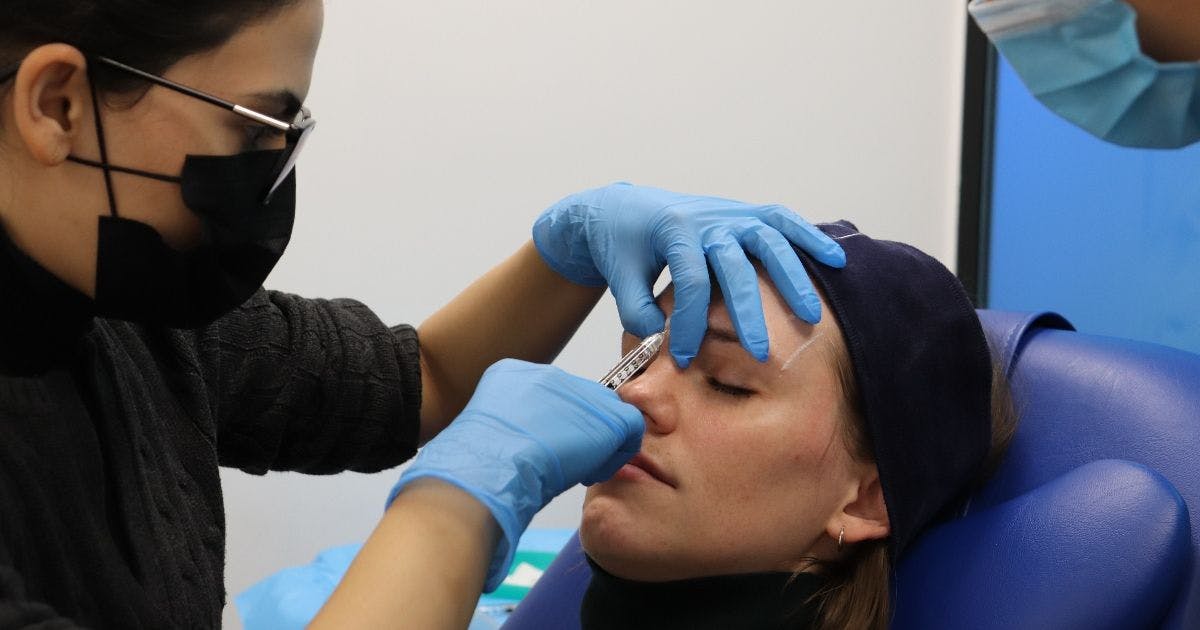
Consulting your patient when their botox stops working
“During the consultation, the practitioner should always discuss the 2-4 week review period;
This should also be on the consent form,” Dr Janine highlights. If there is a clinical indication and you’re placing more product in at the review, this should only happen once.
“If I had a patient who had true botulinum toxin resistance, I would explain to them that it is particularly rare. I would also suggest they try a different brand of toxin in 3-4 months to see how they respond.”
She continues, “If it’s a matter of toxin treatments being less effective than they used to be, I would suggest leaving longer intervals between treatments. This would allow more muscle movement to come back.”
Learning how to appropriately consult your aesthetics patients is a skill that develops with time. On our Level 7 Diploma in Botox & Dermal Filler course, you’ll have the opportunity to work in a real clinical setting.
You’ll consult and treat your own patients that we source for you, taking away any extra stress or pressure. This invaluable part of your aesthetics training experience is designed to help you develop an understanding of best practices and in clinic expectations.
The botox training course that’ll make you stand out
As safe, competent aesthetics practitioners, we believe you should be able to handle any patient concerns that come your way. This characteristic will help to set you apart from the competition.
Our Level 7 Diploma in Botox & Dermal Fillers is JCCP-approved and Ofqual-regulated, so you’re getting an education that promotes safety and ethics. During this postgraduate level botox and filler course, you’ll learn:
- How to consult patients effectively
- Safe and effective botulinum toxin and filler injection techniques
- Facial anatomy
- Ageing in all layers of the skin
- Psychological drivers for patients.
Book a call and get a free 15-minute consultation to find out more from our course advisors.
All information correct at the time of publication
Download our full prospectus
Browse all our injectables, dermal fillers and cosmetic dermatology courses in one document
By submitting this form, you agree to receive marketing about our products, events, promotions and exclusive content. Consent is not a condition of purchase, and no purchase is necessary. Message frequency varies. View our Privacy Policy and Terms & Conditions
Attend our FREE open evening
If you're not sure which course is right for you, let us help
Join us online or in-person at our free open evening to learn more
Our Partners


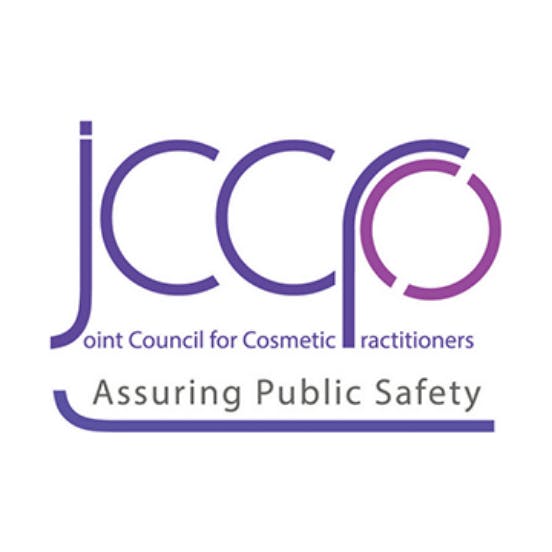




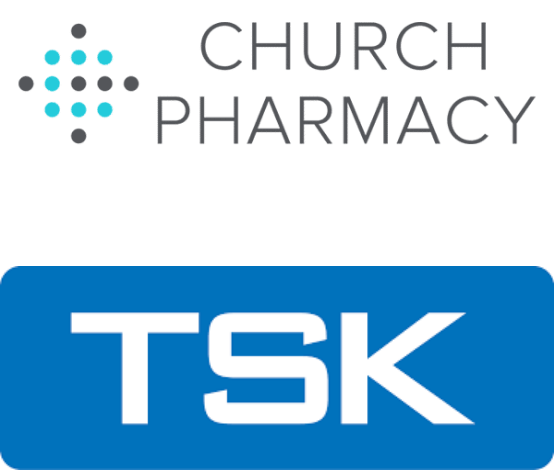





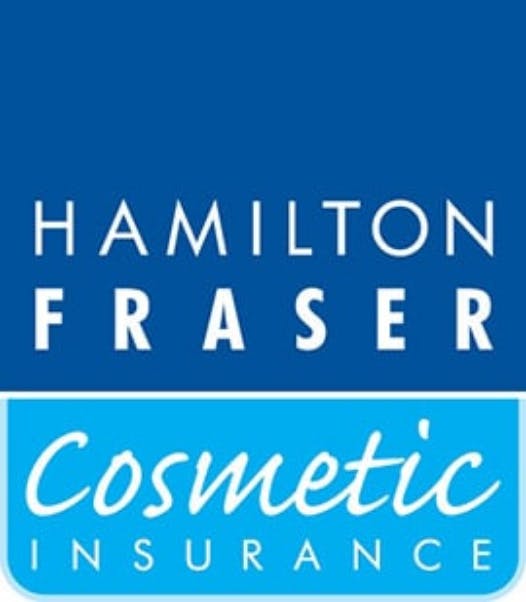
STAY INFORMED
Sign up to receive industry news, careers advice, special offers and information on Harley Academy courses and services

